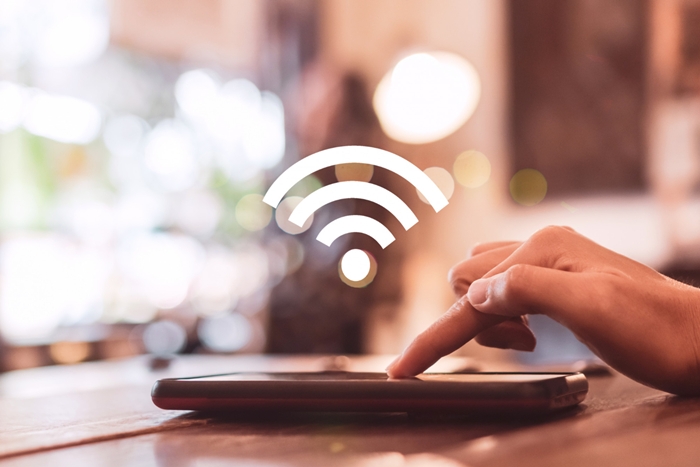Why 5G Can’t Replace Fiber at Home
November 25, 2025

The rise of 5G has created excitement about faster wireless speeds and improved mobile connectivity. Many users wonder whether this cutting-edge technology can replace traditional broadband connections at home. While 5G is impressive and brings several advantages, it still can’t replace fiber broadband for most households — especially when consistency, reliability, and high-capacity performance are essential.
Both technologies have their strengths, but understanding their differences helps you choose what’s best for your daily needs.
5G vs. Fiber: Understanding How They Work
5G delivers internet wirelessly through mobile towers. Your home receives the signal via a 5G router or modem, making it convenient and easy to set up. Performance, however, depends on signal strength, distance from the tower, and network congestion.
Fiber broadband, on the other hand, uses optical fiber cables to transmit data at the speed of light. This wired infrastructure makes it exceptionally stable, consistent, and capable of handling high volumes of data without fluctuation.
The difference between wireless and wired technology is the core reason 5G can’t completely replace fiber at home.
Consistency: Fiber Provides Stable, Predictable Performance
Wireless signals vary throughout the day. Weather changes, nearby buildings, thick walls, and even electronic devices can interfere with 5G performance. Speeds can dip noticeably during peak hours when more users connect to the same tower.
Fiber broadband eliminates these variables. Because data travels through dedicated fiber cables, performance stays consistently strong — morning, afternoon, or night. This makes fiber more reliable for:
- Work-from-home setups
- Online classes
- Video calls and conferencing
- Large downloads and cloud storage
- 4K and 8K streaming
While 5G offers impressive speeds, its consistency often cannot match that of fiber.
Latency: Real-Time Activities Need Fiber
Latency is the delay between sending and receiving information. Lower latency means smoother performance.
Fiber broadband typically offers very low latency, making it ideal for activities that depend on real-time responsiveness, such as:
- Online gaming
- AR/VR applications
- Remote work and collaboration tools
- Smart home automation
- Security cameras and IoT devices
5G networks have improved latency, but environmental factors and congestion still affect responsiveness. For many households, even small delays can disrupt video meetings or cause lag in gaming.
Bandwidth: Fiber Handles Multiple Devices Better
Homes today are filled with smart devices — TVs, phones, laptops, tablets, speakers, cameras, and appliances. Fiber broadband is designed to support this growing digital lifestyle.
It offers higher bandwidth, which means multiple high-demand activities can run simultaneously without slowing down. Streaming 4K video in one room, attending an online meeting in another, and managing cloud backups in the background are all seamless on fiber.
While 5G can deliver fast speeds, its bandwidth can drop significantly during congestion or when signal strength weakens. This makes fiber a safer choice for households with many users and devices.
Coverage Challenges: 5G Isn’t Equal Everywhere
5G performance depends heavily on how close you are to a 5G tower and the type of spectrum used.
- High-band 5G is super fast but has limited coverage.
- Mid-band offers a balance of speed and reach.
- Low-band covers large areas but with moderate speeds.
This means your 5G experience depends entirely on where you live. Fiber broadband, once connected, delivers the same performance consistently, regardless of tower distance or interference.
Long-Term Value: Fiber Is More Future-Ready
Fiber infrastructure is built to handle growing data demands. As homes adopt more high-definition content, cloud-based services, smart appliances, and IoT networks, fiber’s capacity ensures it stays relevant for decades.
5G is an excellent complement for mobility and outdoor connectivity, but for core home usage, fiber remains the gold standard for stability and long-term value.
Conclusion
5G is an exciting technology with strong potential, especially for mobile connectivity. But when it comes to home internet — where reliability, speed consistency, and high bandwidth matter every day — fiber broadband still holds a clear edge. For households that rely on stable, fast, and uninterrupted connectivity, fiber remains the most dependable option.
In Kerala, users looking for a reliable home broadband solution continue to trust the Asianet Fiber network, which supports smooth streaming, work, learning, and daily online activities with consistent performance.

